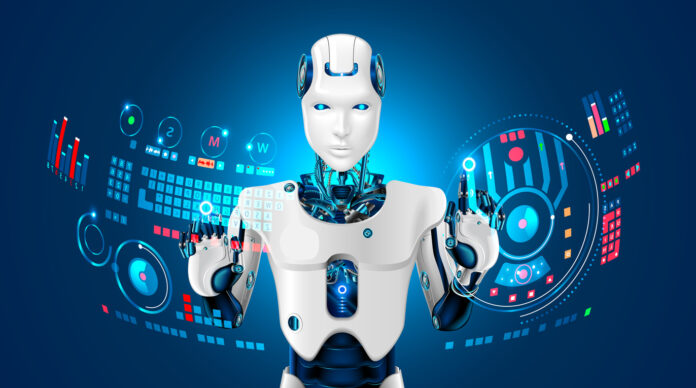
What is Augmented Intelligence?
An augmented intelligence is a design pattern for a human-centered partnership model of people which helps to enhance human cognitive performance with the help of different tools and artificial intelligence (AI) in order to work together to enhance knowledge, thereby including learning, decision making and new experiences. So we say that Augmented Intelligence: The Future of Artificial Intelligence.
It is a subsection of AI machine learning developing to enhance human intelligence rather than operate independently of or outright replace it. Hence, it’s basically in design to do so by improving human decision-making(algorithms) and, by extension, actions taken in response to improved decisions.
How does augmented intelligence work?
Augmented intelligence uses machine learning and deep learning to provide humans with actionable data, unlike the traditional view of AI as an autonomous system, operating without the need for human involvement.
As a reminder, machine learning describes an AI system’s ability to learn and improve from experience without additional programming. Hence, Deep learning, sometimes referred to as deep neural learning, describes an AI process that mimics the human brain’s ability to process data and see patterns, much to the felicity of data scientists staring down massive data sets. So, this explains the working of augmented intelligence.
What is augmented intelligence is in use for?
If one used Alexa, Siri, or another virtual assistant, then he/she used augmented intelligence. Virtual assistants don’t make decisions for you. Hence, instead, they provide the data you need when you need it. When it comes to big data, think of augmented intelligence as virtual assistants for data scientists, who would otherwise be faced with a big, big problem.
Augmented intelligence: a solution to the big-data problem
The Internet of Things, cloud storage,Personalized marketing, fuel optimization tools for the transportation industry, and big data have allowed for the collection, storage, and analysis of data as never before. hence, the International Data Corporation estimates by 2020, the “digital universe” will contain over 5,200 gigabytes of data for every person on the planet, that too for a total of 40 trillion GBs of data points.
Applications of augmented intelligence
- Online stores using data analytics to predict customer preferences.
- Political think tanks using big data analytics to identify undecided voters.
- medical analysis of case files to identify efficient treatment options.
- Factory automation is overseen by human employees.
- Virtual tutors and instructors for distance education
- Investment and financial applications monitoring and identifying stock market patterns
- Predictive maintenance of factory equipment based on past data
- Personalized learning with AI.
- The emergence of voice assistants.
- Helps educators in performing efficient organizational tasks.
- Smart open content.
- Feedback and scoring system.
- Smart test preparation applications.
- Smarter scheduling tools.




